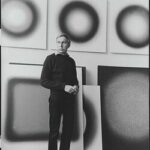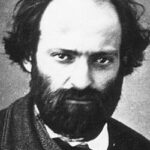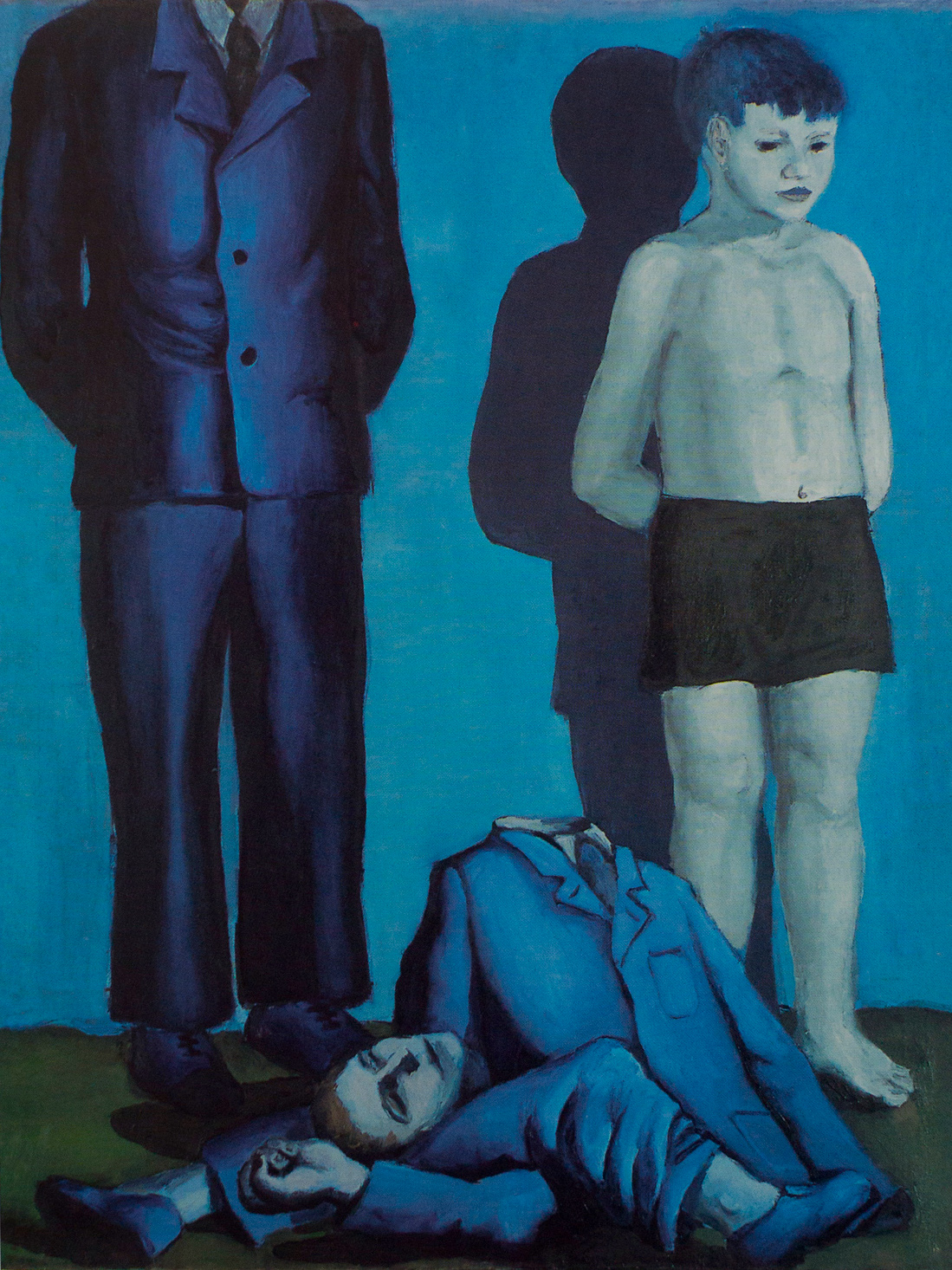The painting depicts a scene from everyday life in Nowa Huta, showing a moment of rest after work ("fajrant"). The composition reflects the socio-cultural realities of Poland in the 1950s, fitting into the social realism trend. The work conveys the atmosphere of an industrial city and ordinary people connected with daily hardships.
Portrait of the Creator
-
Artist
Andrzej Wróblewski
-
Date of birth and death
15 June 1927 – 23 March 1957
-
Natinality
Polish
-
Style
Figurative painting, Social realism, Abstract experiments, Metaphoric and prophetic imagery
-
Significant works
Rozstrzelanie (The Executions), Kolejka trwa (The Queue Continues), Cień Hiroszimy (Shadow of Hiroshima)
Information about the work
-
Year:
1953
-
Execution technique:
Oil on canvas
-
Theme:
Socialist realism, social landscape, workers' life, everyday life
Internal Narrative and Creative Framework
-
Inner Narrative
The artwork illustrates the condition of industrial workers and their moment of respite, commenting on the social and economic conditions of Poland at that time. It shows both fatigue and the community of people working together.













